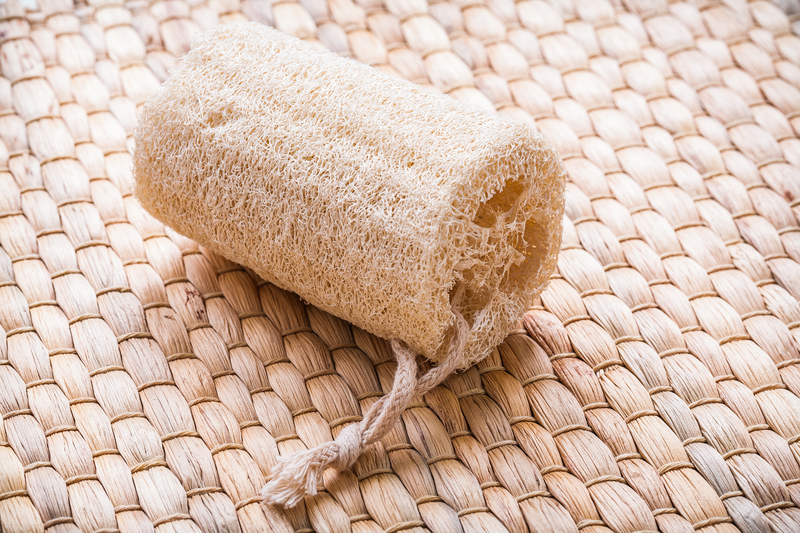Proven Methods for a Germ-Free Fridge
Posted on 31/08/2024
The refrigerator is one of the essential household appliances, playing a crucial role in preserving food and maintaining its quality. However, the fridge can also be a breeding ground for bacteria and germs if not properly maintained. Ensuring a germ-free fridge is vital for the health and safety of your family. This article delves deep into the proven methods for keeping your fridge spotless and hygienic.
Why a Germ-Free Fridge is Important
Understanding why it's important to maintain a germ-free fridge is the first step toward adopting the best cleaning practices. A contaminated fridge can be a hotbed for harmful bacteria like E.coli, Salmonella, and Listeria, which can lead to serious foodborne illnesses. Regular cleaning and proper food storage can prevent these pathogens from proliferating.

Regular Cleaning Routine
A consistent cleaning schedule is the backbone of maintaining a germ-free fridge. Here's how you can effectively clean your refrigerator:
- Unplug the fridge: Safety first. Always unplug the refrigerator before cleaning.
- Empty the Contents: Remove all items, including food and shelves or bins that can be taken out.
- Use a mild Detergent: Clean the interior with a solution of mild detergent and warm water. Avoid harsh chemicals that could leave toxic residues.
- Disinfect: After cleaning with detergent, use a disinfectant. Vinegar and water in a 1:1 ratio works effectively.
- Dry Completely: Make sure all surfaces are dry before placing the items back inside. Moisture can encourage mold and bacteria growth.
Effective Organization and Storage
Organization within the fridge can significantly impact its cleanliness. Here are some tips on how to store food properly:
- Separate raw and cooked foods: Always store raw meat, fish, and poultry on the bottom shelf to prevent their juices from dripping onto other foods.
- Avoid Overcrowding: Leave enough space for air circulation. Overcrowding can prevent your fridge from maintaining the correct temperature.
- Use Airtight Containers: Store food items in airtight containers to limit exposure to bacteria and reduce odor transfer.
- Label and Date: Label and date your leftovers to ensure they are not kept longer than necessary.
Temperature Control
Maintaining the right temperature is crucial in inhibiting bacterial growth. The ideal refrigeration temperature is below 40?F (4?C). Here's how to manage it:
- Use a Refrigerator Thermometer: Place a thermometer inside the fridge to monitor the temperature and make adjustments as needed.
- Don't Block Vents: Ensure vents inside the fridge are not blocked by food items, which can hinder proper air circulation and cooling.
- Regular Maintenance: Check the door seals regularly. A faulty door seal can result in temperature fluctuations.
Preventing Cross-Contamination
Cross-contamination is a common issue within refrigerators, leading to the spread of germs. Here are some preventative measures:
- Clean Spills Immediately: Spills can harbor bacteria. Clean any spills as soon as they occur using a disinfectant.
- Regularly Inspect Food Items: Routinely check for expired or spoiled food. Discard these promptly to prevent bacterial spread.
- Use Separate Shelves: Designate specific shelves or drawers for different types of food to prevent cross-contamination.
Deodorizing Your Fridge
Bad odors are often a sign of bacterial activity. To neutralize odors and maintain a fresh-smelling fridge, consider these tips:
- Baking Soda: Place an open box of baking soda inside your fridge to absorb unwanted smells.
- Activated Charcoal: Another effective method is using activated charcoal. Place a stick of it inside the fridge to remove odors.
- Regular Checks: Regularly check for and remove any source of bad smells, such as spoiled food or spills.

Natural Cleaning Alternatives
If you prefer natural cleaning methods, several alternatives can effectively keep your fridge germ-free:
- Vinegar: As mentioned, a mixture of vinegar and water is an excellent disinfectant and can tackle tough stains.
- Lemon: Use lemon juice or peels to clean surfaces. The citric acid works as a natural cleanser and leaves a fresh scent.
- Baking Soda Paste: For stubborn stains, make a paste using baking soda and water. Apply it to the stains, let it sit, then scrub and rinse.
Conclusion
Maintaining a germ-free fridge is crucial for food safety and household health. By adopting a regular cleaning routine, properly organizing food, controlling the temperature, preventing cross-contamination, deodorizing, and using natural cleaning alternatives, you can ensure your fridge stays sanitary and your food remains fresh. A clean fridge not only protects your family from harmful bacteria but also prolongs the life and quality of the foods stored within it.

 Company name:
Company name:  Telephone:
Telephone:  Opening Hours:
Opening Hours:  Street address:
Street address:  City:
City:  E-mail:
E-mail:  Web:
Web:  Description:
Description: 







